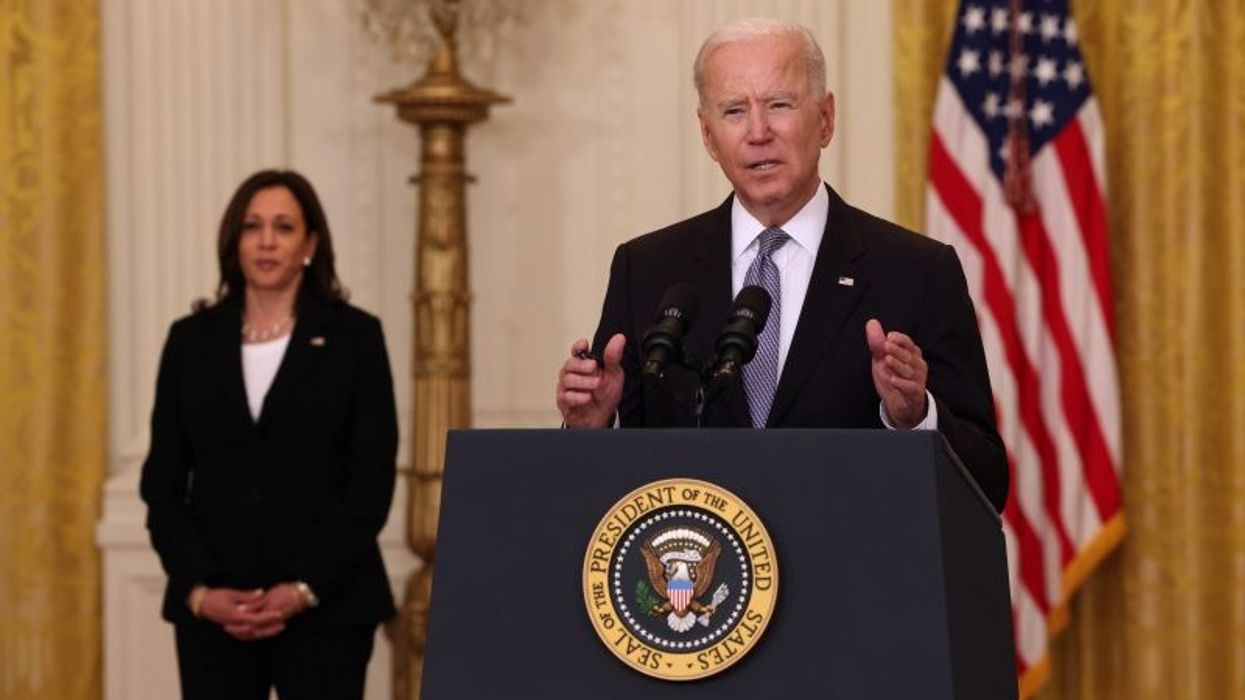PRESIDENT Joe Biden announced on Monday (17) that the United States is surging exports of Covid vaccines to other countries to reclaim "American leadership" in the global fight against the pandemic. About 20 million more doses are confirmed to be released over the next six weeks, bringing the total earmarked for shipping out by the end of June to 80 million.
By July, the US will have easily cemented its place as leader on this stage, Biden said, adding that Washington was not using the rollout to “secure favors from other countries.”
"This will be more vaccines than any country has actually shared today, five times more than any other country," Biden said in a White House speech. "Russia and China... have donated 15 million doses. You know there's a lot of talk about Russia and China influencing the world with vaccines. We want to lead the world with our values.”
The doses will include Pfizer and Moderna or Johnson & Johnson vaccine stocks, marking the first time that US-controlled doses of vaccines authorized for use in the country will be shared overseas.
The Biden administration will work with the world’s democracies to coordinate a multilateral effort to cope with the pandemic, Biden said, adding that he expects to announce progress in these efforts at the G-7 Summit to be hosted by the UK in June.
Explaining the procedure to be followed for the distribution of the surplus vaccines, a White House fact-sheet said that the US will work with WHO-backed COVAX and other partners to ensure that these vaccines are delivered in a way that is equitable and follows the science and public health data.
The US has been facing growing pressure to share more of its vaccine stockpile with the world as interest in vaccines has waned domestically. More than 157 million Americans have received at least one dose of a Covid-19 vaccine while 123 million are fully vaccinated. Biden hopes the US will have 160 million people fully vaccinated by July Fourth.













